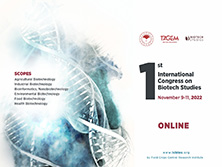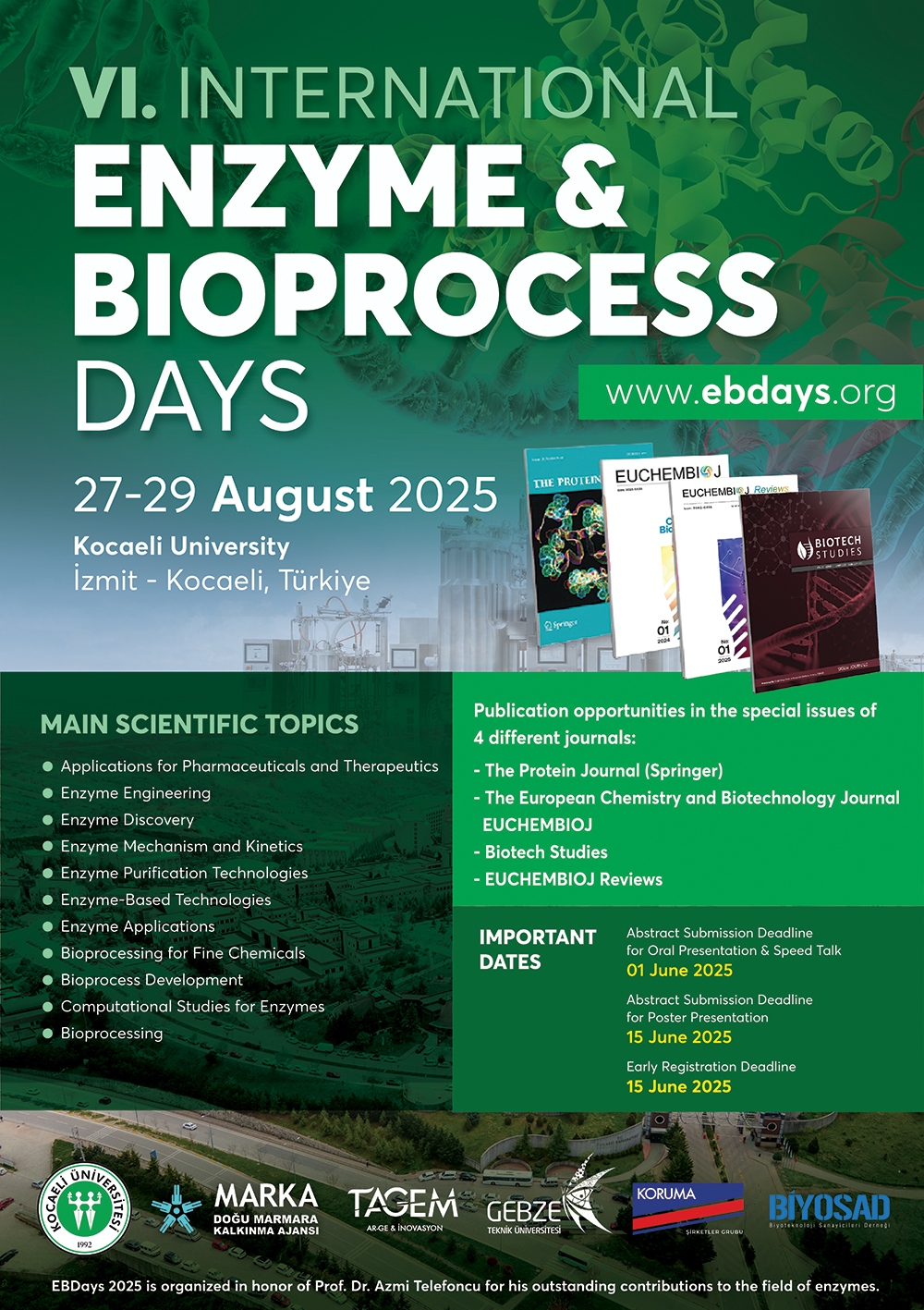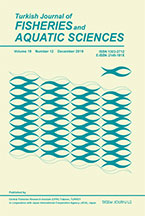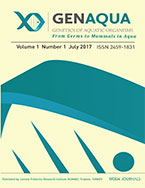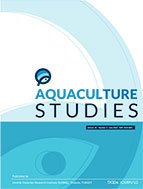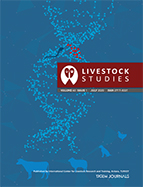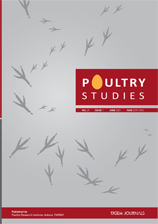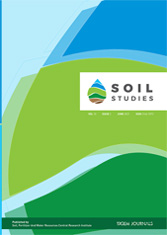Biotech Studies
2025, Vol 34, Num, 2 (Pages: 071-085)
Exploring the bioactive potential of peptides derived from the RuBisCO protein in Caulerpa racemosa: an in silico approach
2 Department of Oceanography, Faculty of Fisheries and Marine Science, Universitas Diponegoro, Semarang, Indonesia 50275 DOI : 10.38042/biotechstudies.1756936 - Caulerpa racemosa harbors a rich reservoir of bioactive peptides derived from RuBisCO, a photosynthetic enzyme with promising therapeutic potential. This study aimed to systematically identify and characterize bioactive peptides from C. racemosa RuBisCO using a multi-step in silico pipeline. Simulated proteolysis using 33 enzymes predicted peptides with 35 different biological activities using BIOPEP-UWM. In addition to traditional database screening, further computational filtering was conducted using physicochemical profiling (ExPASy ProtParam), bioactivity prediction (PeptideRanker), toxicity and allergenicity evaluation (ToxinPred, AllergenFP), and structure-based molecular docking against relevant therapeutic targets—angiotensin-I converting enzyme (ACE, PDB: 1O8A) and xanthine oxidase (XO, PDB: 3NRZ). Four peptides with high predicted bioactivity scores (>0.75) showed strong binding affinity (−169.00 to −252.29 kcal/mol) and favorable confidence scores, suggesting their possible use as dual-action therapeutic agents—with both antihypertensive and antioxidant effects. This integrative in silico approach demonstrates the therapeutic relevance of C. racemosa peptides and provides a framework for peptide prioritization prior to experimental validation. Keywords : Bioinformatics Computational Proteomics Seagrapes



